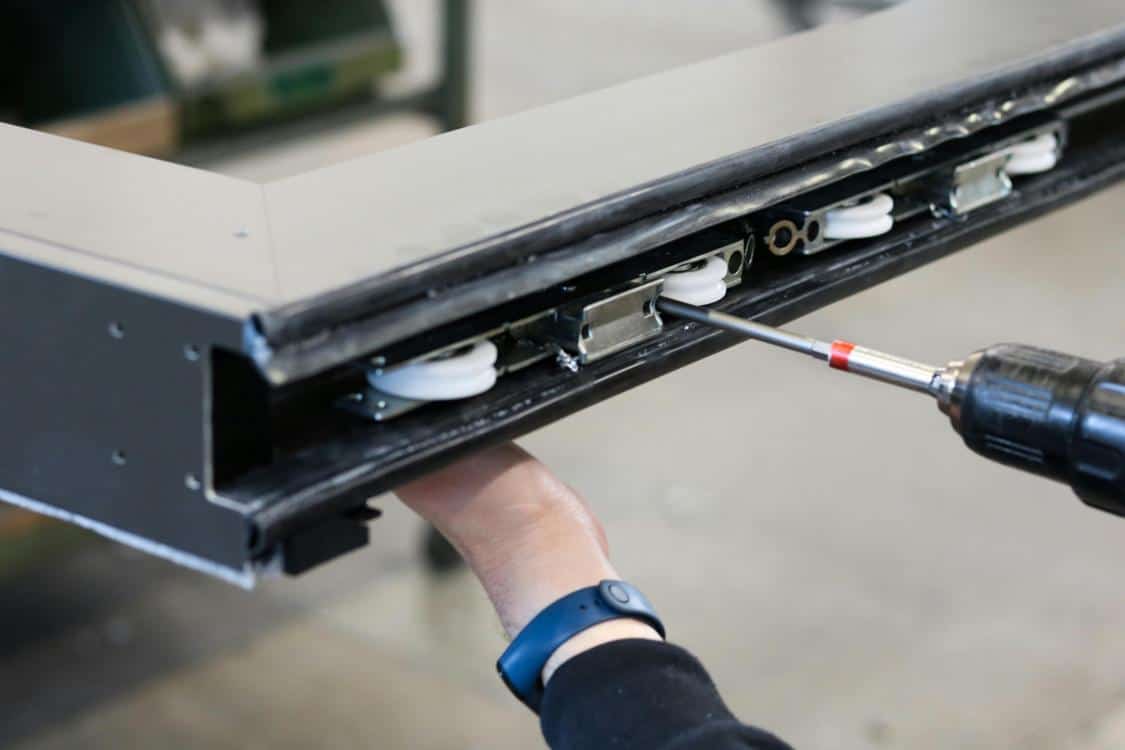Electrical estimation is an intricate process that involves predicting labor, material, and overhead costs to create a project proposal. It requires precise pricing information and contingency allowances to ensure profitability without overcharging clients.
Precision in electrical estimating starts with a thorough review of job specifications, including blueprints and schematics. It includes a meticulous process of counting and measuring items depicted in drawings, such as light fixtures, receptacles, and conduit runs.
1. Know What You’re Doing
When it comes to electrical estimations, precision is key. Mistakes can lead to financial penalties, wasted time and even lost projects. For this reason, savvy estimators ensure that they have the proper systems and tools in place to complete accurate estimates on every project. This includes everything from ensuring that all the details are correct to keeping up with industry trends and implementing quality control processes, says CharterEstimating.com.
This requires a thorough review of job specifications, which involves analyzing each nook and cranny where an outlet or breaker may be needed. It also requires understanding blueprints and schematics, so that you can translate them into a list of components—from wire lengths to switch plates—that will be included in the final estimate.
The next step is calculating the materials, labor and overhead costs of the project, and determining a reasonable profit margin. This is a critical step in ensuring that you can deliver an estimate that will be competitive and win you the contract.
In order to do this, you must be familiar with all the latest market prices and forecasts. For example, copper, aluminum and steel can all have volatile price changes that need to be accounted for. Having access to an up-to-date pricebook and monitoring these trends can save you money and avoid surprise expenses for your clients.
Once you have all the pricing information you need, it’s time to build your electrical estimate. This can be done with a spreadsheet, an expert estimating software or by hand. Whichever method you choose, it’s important to include a breakdown of all the necessary supplies and expenses, as well as a detailed description of the scope of work.
2. Know Your Tools
An electrical estimator is a vital role that helps determine the necessary resources to complete projects within budget. They must be able to read blueprints, understand construction codes, and have the ability to accurately analyze each component of the job. This includes knowing the proper materials to use, labor rates, and overhead costs. Additionally, it is important for electrical estimators to stay up-to-date on industry standards, as these are constantly changing.
Using software tools for electronic plan takeoff reduces errors and increases accuracy. These tools allow you to highlight and count symbols, measure distances, and create takeoff reports that can be used as a basis for your estimate. This is an essential step for accurate electrical estimating, and it is best done digitally to prevent mistakes.
Another critical part of accurate electrical estimating is the ability to assign a dollar value to each point. This can be done through per-point, unit, or labor hour methods. It is also important to know which estimating method will be best for the project at hand. For example, if the project requires a lot of electrical wires, it may be better to use the per-point method, which will ensure that all of the points are assigned the correct price.
A final aspect of good electrical estimating is having the right equipment and tools on hand. This includes everything from a basic calculator to professional estimating software. Using these tools will help you accurately calculate key equations, including voltage drops, electrical load, and fault currents. It will also help you create a comprehensive itemized list of all expenses and supplies to include in your bid. This will give your client transparency and a clear understanding of what the project will entail.
3. Know Your Materials
When it comes to electrical estimates, the right materials are vital for the job. Without accurate material cost analysis, it can be impossible to determine a realistic price for the work you’ll perform. This includes items like wires, circuit breakers and switches, panels, electrical tape, ductwork, conduits, lighting fixtures, batteries, etc. Using the right estimating software can help you keep track of all the items you need to order from your suppliers.
In order to create an accurate estimate, you must complete a detailed material takeoff for each job. This process takes each item on the blueprint and enters them into your estimating software as line items. You can then follow a workflow that generates purchase orders to order each required material, and even include shipping locations, vendor information and special instructions for the project manager. This way, you’re able to avoid costly mistakes while streamlining the estimating process for each new project.
A good electrician knows the difference between a quote and an estimate, and understands how each can impact their business. A quote is an offer to customers, whereas an estimate is a proposal that includes all possible costs. The best electricians know that a well-written and detailed estimate is a valuable tool for both the client and their own business.
When creating an estimate, the best electricians are careful to consider every aspect of the project, including labor, equipment and materials. They also keep up to date on technology advancements and have a strong understanding of industry standards and practices. As a result, they’re able to create fast and accurate estimates that increase customer trust and win more projects.
4. Know Your Labor
When it comes to electrical estimations, knowing your labor is crucial. It takes a deep analysis of the project requirements and thorough calculation to accurately estimate both material costs and labor. Quality estimates help guarantee financial success and client satisfaction without frustrating overcharges or costly change orders.
A skilled electrical estimator starts with a detailed review of the project specifications and drawings to fully understand what’s involved. This includes reviewing all potential wiring needs, such as whether the work will be new construction or rewiring existing systems. It’s also important to determine if the job will require any special considerations, like emergency or backup systems, or energy efficiency upgrades.
Next, a skilled electrical estimator performs a detailed plan takeoff using specialized software. This allows them to identify and quantify all of the required materials, including wire lengths, fuses, sensors, power outlets, switches, and lighting fixtures. They’ll then add in the appropriate overhead and profit margin to complete the estimate.
The final step in accurate electrical estimating is completing accuracy checks to ensure all necessary information has been included. This includes the total job cost, subcontractors’ rates, and the profit margin. This helps to avoid mistakes that can derail projects, such as underestimating material costs or labor hours, or underestimating the profit margin. With Countfire, these accuracy checks are built right in, from the initial project assessment through to the final estimate.
If you’re looking for a more effective way to prepare electrical estimates, consider using a comprehensive project management tool that combines takeoff, estimating, and scheduling in one application. Countfire’s intuitive interface makes it easy to manage all of your electrical projects in one place, giving you visibility and control over your workflows and project profitability.
5. Know Your Overhead
![]()
A common mistake electrical estimators make is neglecting to account for overhead expenses. For example, if an estimate doesn’t include the cost of renting equipment or covering labor costs for additional employees hired to handle a job’s complexity, it can undervalue the work and negatively impact profitability. This oversight can also lead to unforeseen project changes and budget issues.
Additionally, estimating without accounting for variable prices and supply chain disruptions is another big mistake that can have negative financial consequences. Prices for materials such as copper, aluminum and steel can shift rapidly due to a variety of factors. For this reason, it’s crucial to remain apprised of pricing trends and incorporate them into estimates for maximum accuracy.
Estimating is a critical component of every construction project, especially when it comes to the complex world of electrical work. Fortunately, by avoiding these common errors, electrical estimators can improve their estimating skills and ensure accurate project bids that maximize profit potential.
Remember to take your time conducting material calculations. Inspecting designs and blueprints, and reading specifications are important elements of the estimating process. Additionally, using a plan takeoff software can help to streamline the process and reduce the risk of miscalculations or overlooked items. Lastly, it’s essential to stay apprised of industry standards and new techniques for electrical estimation. Embracing technology and using specialized software tools designed for the task can greatly enhance the quality of your electrical estimates.









